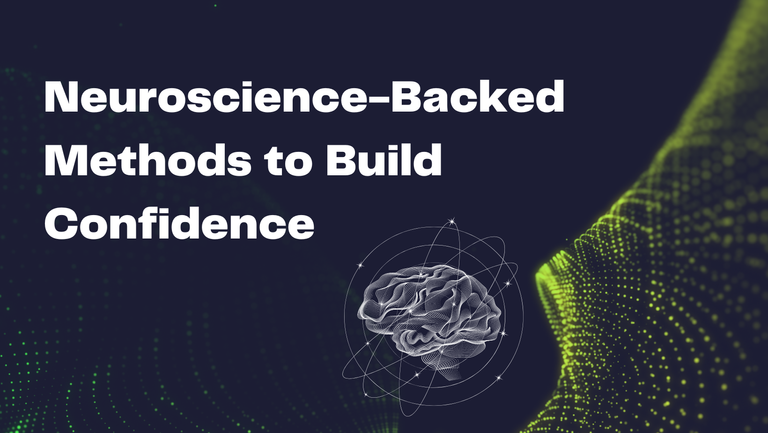
Building confidence is a complex process that involves various psychological and neurological mechanisms. Neuroscience offers insights into how our brains work and how we can leverage this knowledge to improve confidence levels. With the continuous acceleration of technology, it’s easy to overlook our brilliant human technology. Let’s put it to use.
Here are some confidence-building methods backed by neuroscience:
Positive Self-Talk and Affirmations: Neuroscience research suggests that positive affirmations can rewire our brains to think more positively. This is related to the concept of neuroplasticity, where the brain changes its structure and function in response to repeated thoughts and behaviors. Positive self-talk can increase self-esteem and confidence by reinforcing positive beliefs about ourselves.
Visualization: The act of visualizing success can actually enhance performance and confidence. The brain regions activated when visualizing an action are similar to those activated when performing the action. This means that visualization can improve neural pathways, making the actual performance feel more familiar and increasing confidence.
Learning and Mastering New Skills: Engaging in new activities and learning new skills can enhance brain plasticity, which is the brain's ability to change and adapt. This process is associated with increased self-efficacy and confidence. As you become more proficient in a skill, your brain adapts, and this success translates into greater confidence.
Exercise: Regular physical activity has been shown to reduce anxiety and stress, thanks to the release of endorphins, which are natural mood lifters. Exercise also promotes the growth of new neurons in the hippocampus, a region of the brain associated with learning and memory. This can lead to improvements in brain function and an increase in confidence levels.
Mindfulness and Meditation: These practices can decrease activity in the amygdala, the part of the brain involved in processing fear and anxiety. Reducing stress and anxiety can help in building confidence. Mindfulness can also increase the thickness of the prefrontal cortex, which is associated with higher-order brain functions such as awareness, concentration, and decision-making.
Setting and Achieving Goals: Achieving small goals can release dopamine, a neurotransmitter associated with feelings of reward and satisfaction. This process can create a positive feedback loop, where achieving goals leads to increased confidence, which in turn motivates further achievements.
Social Connections: Engaging in meaningful social interactions can increase levels of oxytocin, which is often referred to as the "bonding hormone." This can decrease anxiety and increase feelings of trust and security, contributing to higher confidence levels.
Sleep: Quality sleep is crucial for cognitive function and emotional regulation. During sleep, the brain consolidates memories and processes emotions. Poor sleep can affect the prefrontal cortex's ability to control the amygdala, leading to increased anxiety and decreased confidence. Ensuring adequate sleep can help maintain optimal brain function and confidence.
Human Design: While not yet 'neuroscience-backed,' understanding and leaning into the mechanics of one's Human Design can help boost performance, flow, efficiency, all of which can build confidence. Download your free Human Design chart and report, here. https://www.ashleymosaic.com/human-design-body-graph-report
These methods are supported by neuroscience research, highlighting the interplay between our brain functions, thoughts, behaviors, and emotions. Integrating these practices into daily life can contribute to building and maintaining confidence over time. As you continue to integrate innovative technology, remember to tap into and access the brilliance technology that resides within.